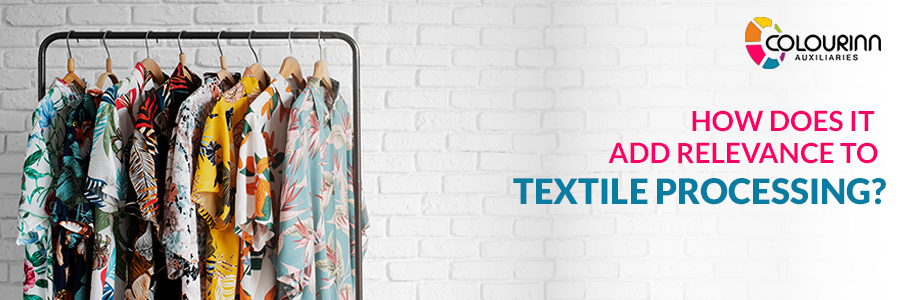The process of textile manufacturing has evolved. To enhance the quality of the fabric, manufacturers use different equipment and chemicals. The textile manufacturing process includes a textile pretreatment process to improve fabric quality. This process also reduces the expenditure on manufacturing. The pretreatment process is significant in the manufacturing process as it consumes 12-15% of the water and 60-70 percent of the chemicals used across the manufacturing process. Using physical and chemical methods, impurities are removed from the textile to enhance its efficiency. The growing fashion trends have given way to various pretreatment processes that change based on different factors, such as solubility in water.
Pretreatment Auxiliaries
Pretreatment auxiliaries come for different textiles. For example, we can find pretreatment auxiliaries for cotton and polyester. The standard pretreatment auxiliary process can be divided into three main steps. The first is desizing, the second is scouring, and the last step is bleaching. In addition to these steps, the textile manufacturers are using additional pretreatment chemicals and processes for softening, water-proofing, and other processes that enhance the comfort and performance of comfort offered by the fabric. The pretreatment auxiliary includes surfactants, performance enhancers, solvents, and amines. You can find a list of pretreatment chemicals, including defoaming, scouring, oil-removing, and wax-removing agents.
Importance of Fabric Pretreatment
A good dyeing process ensures the best output of the textile. Fabric pretreatment auxiliaries help prepare the textile for the dyeing process. It removes the impurities in natural fabric and prepares it for dyeing. As a result, all the possible contaminants, including wax, pectin, and grease that can hinder the dyeing process, are efficiently removed from the fabric. This ultimately improves the affinity between the colors and fabric. Therefore, the quality of pretreatment auxiliaries is vital for good results.
Benefits of Textile Pre-Treatment Auxiliaries
- Treatment with the pretreatment auxiliaries helps in the wetting process and enhances the penetration of the fabric, making it the best fit for the dyeing process.
- The impurities on the fabric are emulsified and dispersed.
- Even in the harshest manufacturing process, the pretreatment auxiliary process helps prevent the fabric’s foaming.
- We use it to cationized cotton to impart bright colors to the textile with the least usage of resources.
- The pretreatment process improves the fabric quality making it resistant to water, UV rays, and abrasion, along with its tear strength.
- Sportswear such as gloves and socks imparted high-grip properties using pretreatment auxiliaries.
- These chemicals are used to impart different attributes to the clothes, such as wrinkle resistance and moisture management.
Conclusion
The fashion sector essentially drives the garment industry. Textile manufacturers are compelled to use pretreatment auxiliaries in the manufacturing process to heighten their performance and look. The final quality of the fabric is very important. A good quality textile pretreatment auxiliary guarantees the best quality output. At the same time, a bad quality textile pretreatment auxiliary leading to a bad pretreatment can give you poor quality fabric. You can connect with us for all your needs related to textile auxiliaries. As a leading textile auxiliary manufacturer, we understand the need for quality in the pretreatment auxiliaries. We have a range of quality textile pretreatment auxiliaries for all fabric types. We are one of the leading pretreatment auxiliaries manufacturers with an esteemed list of clientele. We adhere to the global storage and transportation standards of the textile pretreatment auxiliaries. Therefore, you can contact us to get quality pretreatment auxiliaries for every kind of textile at affordable rates.
Frequently Asked Questions
Q.1: What is an auxiliary in the textile industry?
Ans: The Textile auxiliary is specially used for the washing and dying of yarns and fabrics. These auxiliaries are formulated for textile products in the forms of cationic, non-ionic, surfactants, and amphoteric.
Q.2: Which chemical is mainly used in the textile industry?
Ans: Chlorobenzenes. Chlorobenzenes are used in the dyeing process as carriers or levelling agents. They are more often used in polyester and polyester blend textiles than in natural textiles.
Q.3: Why is the pretreatment process important for textile processing?
Ans: The textile pretreatment process can help eliminate sizing agents, oils, waxes, seed hulls, soils, pectin, and other impurities while improving the whiteness and feel of the fabric. A typical pretreatment process includes three steps: desizing, scouring, and bleaching.

